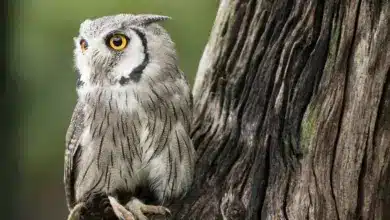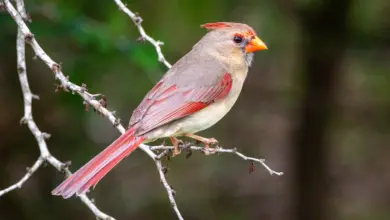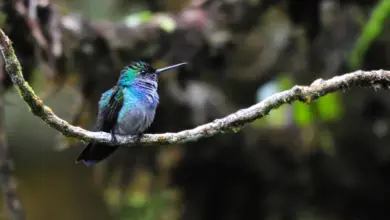Backyard BirdsUncategorized
Woodpeckers: Physical Adaptation for Vertical Climbing
Species account by Jeannine Miesle … Additional information added by Avianweb
Woodpecker Information Page
Physical Adaptations for Tapping
Physical Adaptation for Vertical Climbing
- Legs: The Woodpecker has short, strong legs. This characteristic is commonly seen in birds which forage on the trunks of trees. The tail, feet, and legs work together to support the bird on vertical surfaces.
- Toes: While the songbirds possess an anisodactyl arrangement of their toes (three toes facing forward and one facing back), the toes of the Woodpecker are zygodactyl—two facing forward and two back, like the birds in the Psittacine family. Piculets and Wrynecks also have this foot configuration.
- Claws: Sharp claws grasp the limbs and trunks and aid in the Woodpecker’s balance while he is drilling into trees. Because of this, all members of the Picidae family are proficient at climbing up the trees vertically, which is advantageous when they are foraging for food and excavating nest sites.
- Tail: Stiff, rigid tail feathers permit this bird to lean back and press his tail against the tree’s bark, using it as a prop; this places most of his weight on his tail, thus supporting him as he hammers. These stiffened tails are crucial for their climbing and foraging techniques.
Please Note: The articles or images on this page are the sole property of the authors or photographers. Please contact them directly with respect to any copyright or licensing questions. Thank you.




